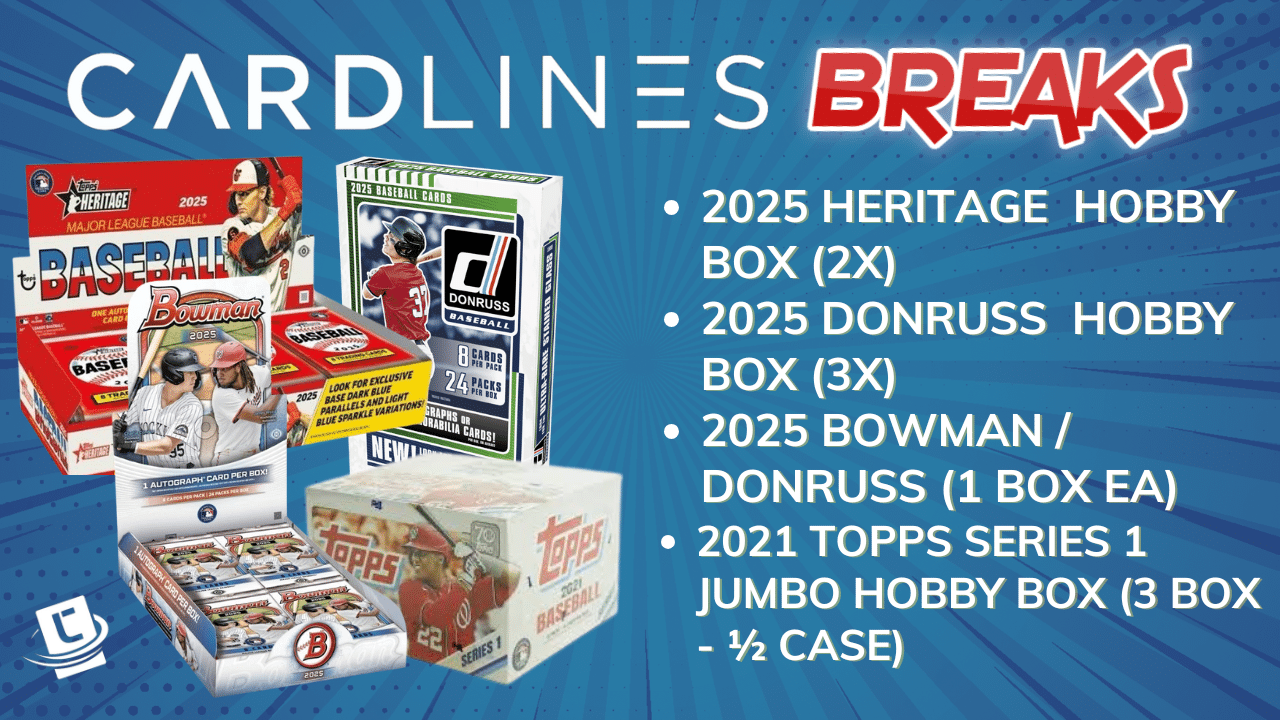

The PSA population reports hold the key to understanding the value of specific cards. It does so by allowing collectors to analyze the supply and provide clues to the level of demand for graded cards.
In this post, we’ll look at the PSA population report and answer some big questions: what is it, how to use it, and most importantly, why does it matter?
Basic economics are at play: the laws of supply and demand. Assuming a sufficient level of demand, the lower the supply of a specific commodity, the more valuable it is.
The concept is very similar to serial numbered parallels. Generally speaking, /25 cards are more valuable than equivalent /100 cards because they are less common.
Therefore, the population numbers provide you with precious information. Graded cards with a low population often demand a premium because they are rare.
The name says it all. The PSA population report is a breakdown of the total number of specific cards by their grade.
Powered by PSA, it’s a searchable index, updated daily to keep collectors aware of how many of each card that PSA graded and its grades. The numbers can help collectors identify hot cards, see trends, or identify the scarcity of their cards.
The best part of this tool? It’s completely free. You can access and search it without ever paying a dime. Therefore, as a collector, there’s lots of value in becoming familiar with the benefits it provides.
This should probably go without saying, but note that this index only contains PSA-graded cards. It does not include raw cards or those graded by other companies. If you’re interested in looking at that of another competitor, check the company’s website. For example, BGS has one too.
Searching the index is about as easy as you can imagine. The main page features a search bar, and you search it for a specific card or player.
For example, if you type “LeBron Topps rookie,” various sets of Topps cards from 2003 come up. Then, select the relevant one.
Once you make the selection, it will open up a checklist. The website will reveal the total number of graded cards broken down by grade. The smaller search bar at the top of the population report lets you sort by player name.
The lists also contain parallels of the same card. For example, with the LeBron James 2003 Topps Chrome rookie, you can sort by the base rookie, refractor, black refractor, gold refractor, or xfractor. Each parallel has its breakdown by grades and total.
The top of the page also has a few other options to click on besides Pop. Here are some other notable features:
If you pay close enough attention to the numbers, you’ll find that you can identify trends and stay ahead of the market. If you do this, you can make a significant amount of money.
The ratios between the grades cards are critical in this concept, especially with older cards when the number of 10s is significantly less than 9s. In those cases, the comparative value of 9 and 10s should match their proportions in the population. As you will see, with more modern cards, the numbers can be radically different.
Let’s look at two rookie cards and their populations (as of the time of writing):
See the difference? Because of the comparative scarcity within the grading population of these two cards, the PSA 10 Barkley rookies should be very expensive compared to their PSA 9 equivalents. Meanwhile, for Trae Young cards, we would expect the margin in value to be less significant.
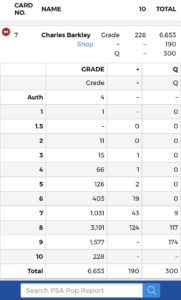
What does the market say?
In the case of the Trae Young cards, a PSA 10 is worth about 3.5x more. Meanwhile, Barkley PSA 10s are worth about 7.5 times more.

The population report contains info on many trends that could (and should) affect how collectors value cards. Perhaps the most significant one is the trend of a flooded market for modern graded cards.
For example, there are 2,000 LeBron Topps Chrome PSA 10s. Luka Doncic’s Prizm rookie is the closest comp to Topps Chrome, and there are nearly 17,000 PSA 10s out there. The comparison sheds light on the significant changes that have occurred in those 15 years.
Two elements are combined to reduce scarcity:
Therefore, our best advice is to stay on top of the population of cards when you plan to invest heavily. Many graded modern cards are abundant. Accordingly, don’t treat a PSA 10 from 2019 the same way you would a PSA 10 from 1989. Experiment, learn and stay ahead of the market.
 0:58
0:58
The best small town card shop? 👀
Sports Card Scavenger Hunt! (5,000 Subscriber Special!)
I hit a SWEET auto from the #1 overall pick at PCB hobby
The Ultimate 2024 Football Card Brand Tier List (Panini vs. Topps and more!)
2025 Topps All Star Game Mega Box Product Review
Ripping the new Topps All Star Game mega box.
Is this new sports card store the BEST VALUE around?
I Tested eBay Auction Promotions So You Don’t Have To!
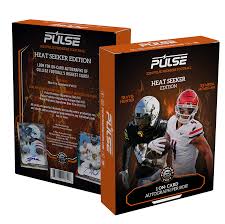




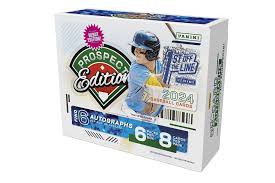
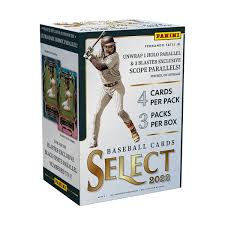
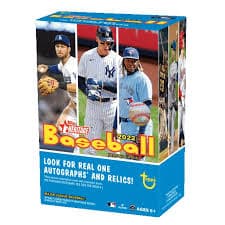
2022 Topps Heritage Baseball Blaster Box Configuration: 7 Packs per Box – 9 Cards per Box. Plus 1 extra pack.
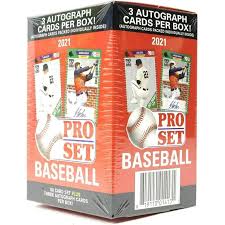
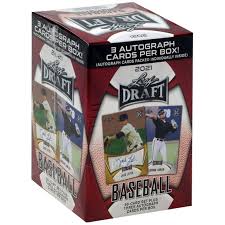
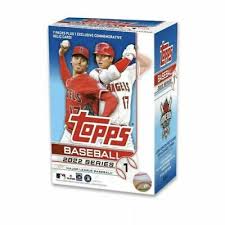


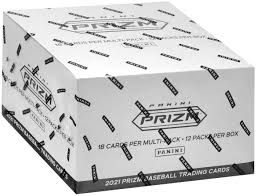

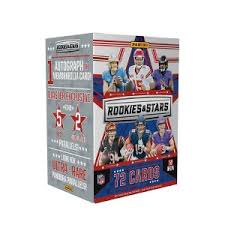
Keep up on breaking Sports Card News, our latest articles, product specials and exclusive content with expert analysis of hobby trends.

© Copyright 2025 - All rights reserved Cardlines.com / Media Techs LLC - Sports Card News, Reviews, Releases and BREAKS - #thehobby.
Important: When you click on links to various merchants on this site and make a purchase, this can result in this site earning a commission. Affiliate programs and affiliations include, but are not limited to, the eBay Partner Network.
Top 5 Sports Card Athletes to invest in RIGHT NOW (big ROI potential!)
Cardlines 10 hours ago